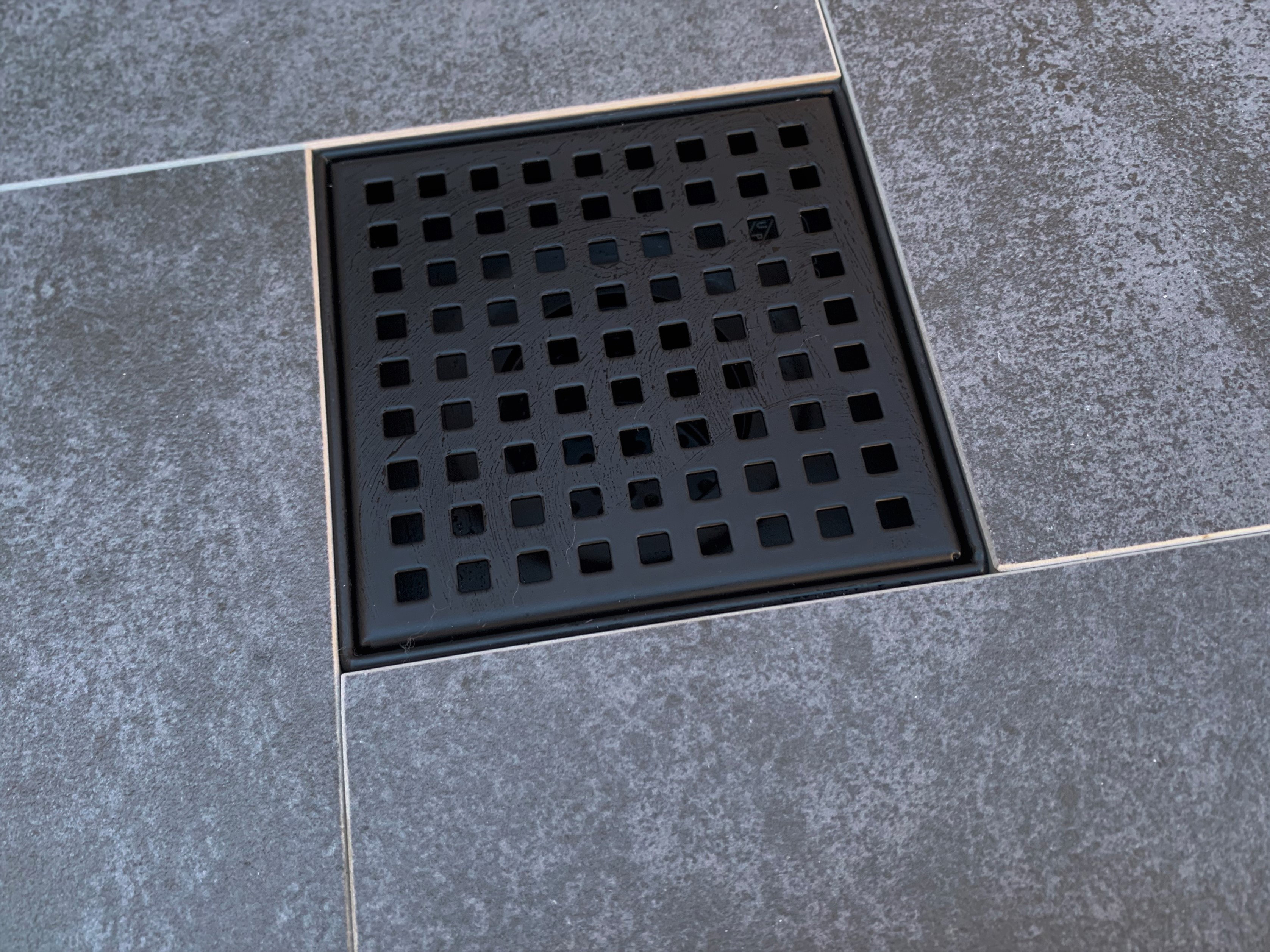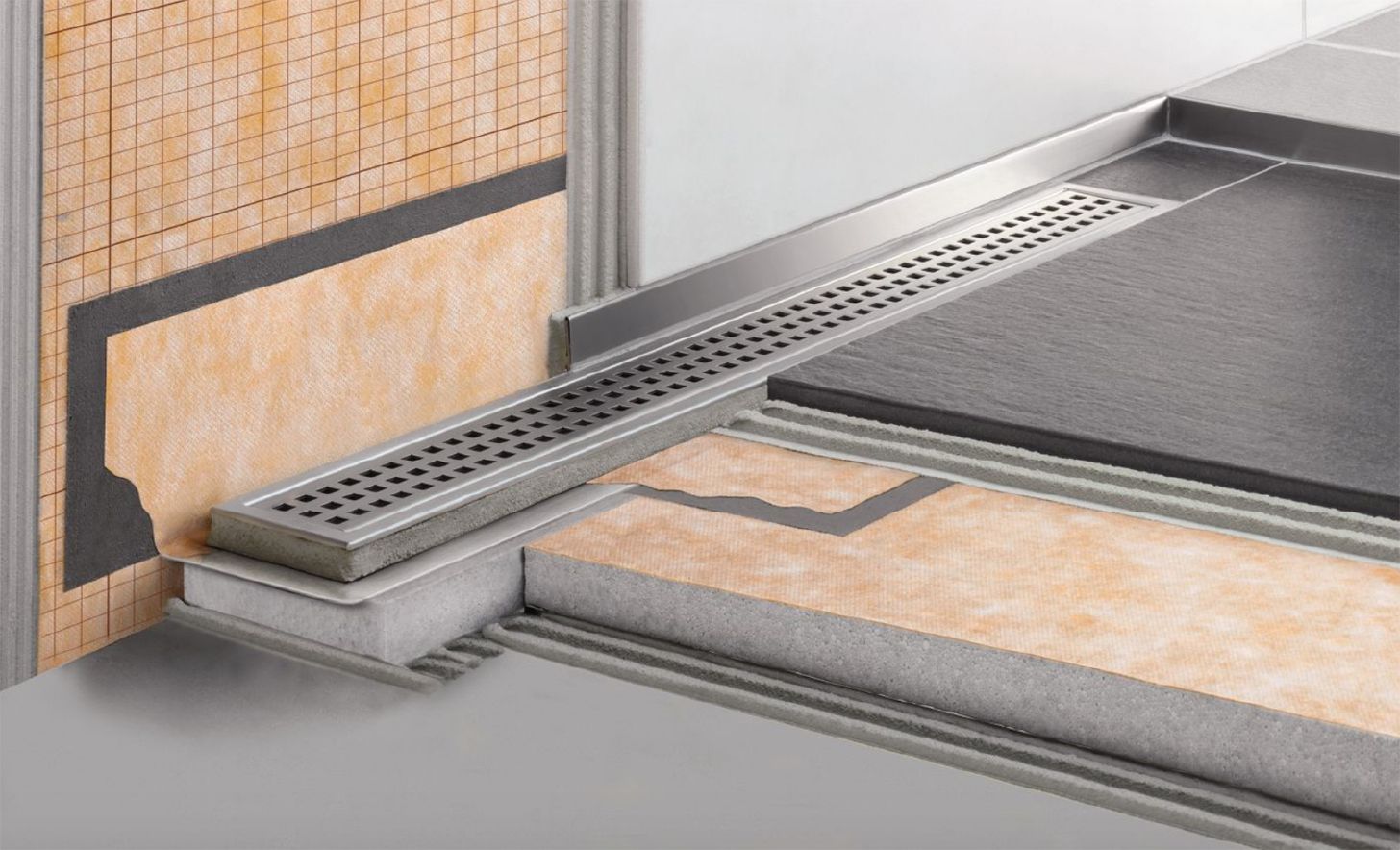Taking Charge-Managing-Overseeing of Shower Drain-Bathroom Drain-Drainage System Installation-Setup-Project Yourself-On Your Own-Independently
Taking Charge-Managing-Overseeing of Shower Drain-Bathroom Drain-Drainage System Installation-Setup-Project Yourself-On Your Own-Independently
Blog Article
We have uncovered this great article involving How to Install or Replace a Shower Drain directly below on the internet and concluded it made sense to share it with you on this page.

Upgrading a bathroom is one of the more popular home improvement projects. Taking care of the plumbing for draining your shower can be exceedingly straightforward unless you overdo.
Managing Your Own Shower Drainpipe Installment Job
You can literally build a collection agency for your brand-new shower, yet you truly need to consider it. Do you really want to get involved in the difficulties of obtaining the sloping right, in addition to ensuring every facet of it is water-proof? As well as I imply every aspect! It is much easier to merely acquire a pre-cast collection agency online or at your local Lowes, Home Depot or equipment store. Building one could seem like an excellent concept, but you will probably feel in different ways after a number of hours.
Despite how you deal with obtaining a pan, you need to strive to use one that has the drainpipe located in the same area as the original frying pan. Moving the drainpipe pipelines can be a task, particularly if the home builder utilized an unique framework structure. If you are figured out to move the drainpipe, you are going to need to cut back the pipeline or lengthen it, which might imply destroying large portions of the floor. Rephrase, you are going to be looking at a numerous weekend job.
Presuming we have our drain aligned, the actual link is relatively straightforward. The drain pipeline need to be facing vertical approximately the collector. It will certainly often appear like a "U", which suggests it serves as a cleanout to maintain unpleasant smells from coming back up from the drain. To attach the drain, you are going to develop a water limited connection in between a drainpipe cap on the top of the pan as well as the water drainage pipe. Solutions differ, yet you are generally mosting likely to do this by placing a coupling piece on the top of the drain pipeline. This is after that covered with gaskets and actually screwed into the drainpipe cap. The drainpipe cap should serve as a locknut, to wit, it screws straight onto the combining.
The tricky part of this process is getting your drain cap to suit a leak-proof setting in the frying pan. This is completed by backing off the drain cap as soon as you make sure every little thing meshes. At that point, you placed plumbings putty around the underside of the cap and after that screw it back on. The putty must create a limited seal in between the cap and also the shower pan, which keeps water from trickling under it and into the framing under the shower.
Undoubtedly, shower room showers can be found in a variety of designs nowadays. If you acquire an enthusiast, they almost always come with plumbing instructions or the shop can note anything unusual you ought to understand. It seems complex, but is generally quite simple. Have fun!
Whether you are a bathtub or shower person, many people look for shower only alternatives when acquiring a residence. This basic truth implies greater than a couple of house owners spend a weekend upgrading or mounting showers in their washrooms. Luckily for you, it is a relatively easy process.
An enthusiast or frying pan refers to the straight surface area located at the bottom of the shower. The enthusiast usually consists of a non-slip surface area somewhat banked towards the center or any place the drain is located. Incorporated with three to four inch wall surfaces around the side, the goal of your shower water drainage plumbing is to obtain the water to flow to and also down the tubes.
Tips for Installing a Shower Drain Assembly
Renovating a bathroom can be exciting as well as fulfilling if you’re tackling the job DIY-style. After you cross off the bigger decisions such as tile style, paint colors, and fixtures, you’ll need to finalize smaller details – such as the shower drain. In this article, we’re sharing some tips for selecting and installing the right drain assembly for your updated shower.
What is a shower drain assembly?
Shower bases or pans typically only come with a pre-drilled drain hole. Since the pan slopes toward the drain, you should consider the placement – left, center, or right – when designing your shower. You’ll need to purchase and install a shower drain assembly that connects the shower pan to the drain pipe underneath the shower. There are a few types of assemblies, which will be covered below.
Size of a shower drain
When it comes to installing drains, size matters. The recommended pipe size for a shower drain is 2 inches, whereas most tubs use 1.5-inch pipes. Why the difference?
Shower pans are shallower than tubs, so there’s a higher risk for overflow. So, the larger pipe allows for quicker draining. If you are replacing an old tub with a newer stand-up shower, you will need to make additional plumbing adjustments to accommodate the 2-inch pipe.
Types of shower drain assemblies
There are three common types of shower drain assemblies: compression shower drain, solvent-glue shower drain, and tile shower drain. The layout, design, and materials of your shower can determine which type of shower drain assembly will work best.
Compression shower drain
This type of assembly attaches to the drain pipe with compression washers and nuts. The drain fitting is typically installed into the base, and then the base is installed into the bathroom floor. This makes compression-style drains easier to install than other options, particularly if you don’t have easy access from the floor under the shower base. Drains are available in a wide range of materials such as PVC (polyvinyl chloride), ABS (Acrylonitrile Butadiene Styrene), and brass, and can be used for acrylic, fiberglass, and steel shower bases.
Solvent-glued shower drain
Made of either polyvinyl or ABS, this type of shower drain is sealed to the drain pipe with solvent glue and silicone. Since you’ll be working underneath the drain pan, we only recommend using this type of drain if you have access under the shower, such as from a basement or crawlspace. It’s also important that you match the type of plastic of the drain with the drainpipe. If you take these precautions, you can install a solvent-glued drain assembly with acrylic, fiberglass, and steel shower bases.
Tile shower drain –
Drain assemblies for custom tile showers feature a waterproof membrane liner placed between two flanges. The tile is installed on top of the liner, collecting any water that seeps through the porous grout. A metal strainer is installed in line with the tile over the drain.
https://www.epshawaii.com/blog/tips-for-installing-a-shower-drain-assembly/

I was brought to that editorial on How to Install or Replace a Shower Drain through an acquaintance on our other blog. Enjoyed our blog? Please share it. Let others locate it. Thank you for your time. Kindly check up our website back soon.
Report this page